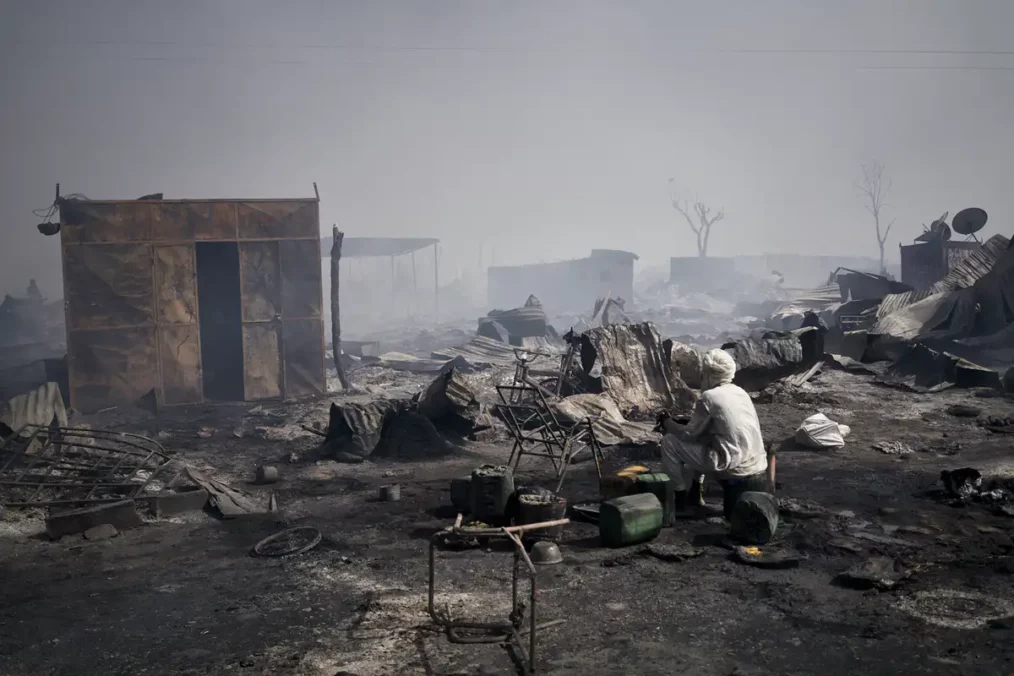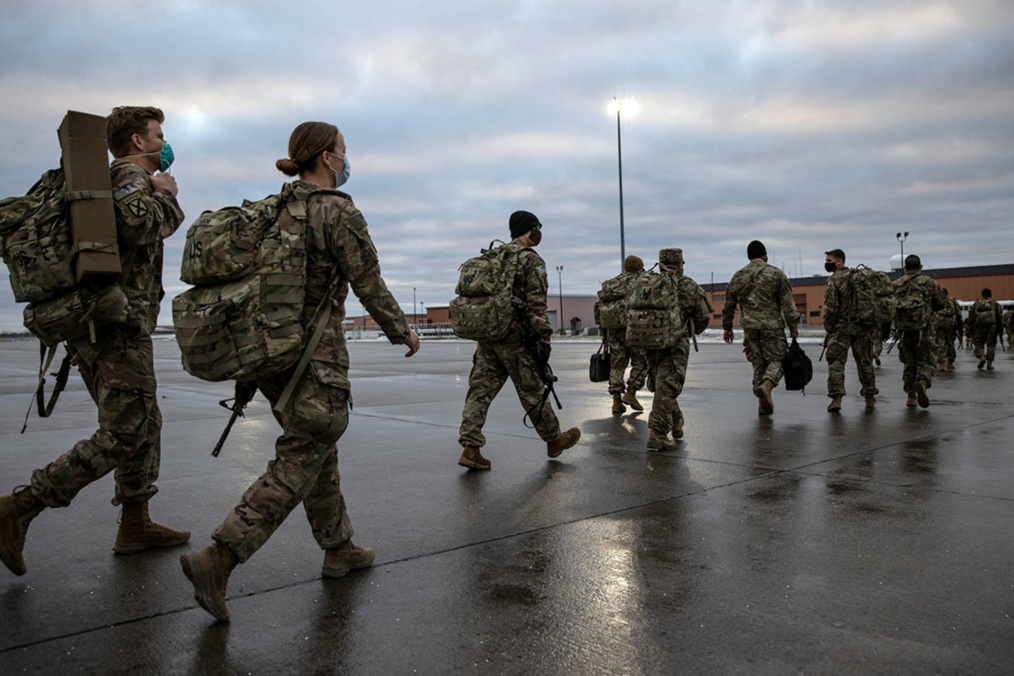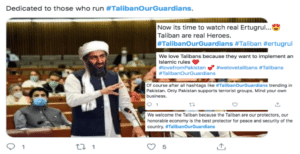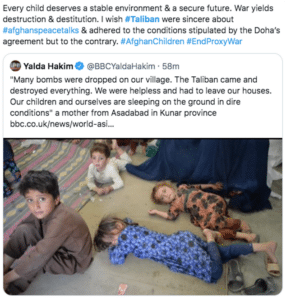Introduction
In the wake of the 9/11 attacks, academics and policymakers have struggled to pinpoint a distinct factor that drives individuals towards violent extremism. In light of this, many have tested the hypothesis of whether poverty and poor economic conditions lead to an increase in violent extremism. Whilst other external stimuli can contribute to individuals perusing violent narratives, environmental factors can be understood to significantly shape approaches towards violence and peace.
Violent extremism thrives in environments with unsafe and harsh living conditions with limited resources. In societies with poor and fragile states, corruption tends to be vulnerable to terrorism. So long as there are conflicts and social injustices, these issues will not disappear.
The Role of Environment in Violent Extremism
The environment plays a key role in shaping a person’s physical and mental wellbeing, which can be both positively and negatively influenced. If a child is born and raised in a peaceful community, they will unlikely have the same outlook compared to a child who is raised in a community rife with conflict. The one that fights forgets the beauty of nature and what life has to offer, as the environment they have been exposed to has shaped that person to resort to violence as their first instinct.
Individuals born into war-torn countries with little opportunity are more likely to find themselves joining gangs in a bid to find a sense of belonging. The crime-nexus between criminal gangs and formal terrorist groups remains strong. Subsequently, analysis of data has indicated that individuals who already see violence as a justifiable course of action are more vulnerable to involvement in violent extremism, which is exacerbated by environmental strains.
Countries that are engaged in conflict, including Yemen, Iraq, Ethiopia, and Cameroon, are nations suffering from toxic environments. This includes war, pollution, social injustices, unemployment, and a lack of healthcare resources. Boko Haram significantly exploited environmental stresses in North-eastern Nigeria to expand its influence and gain control of territories. Similarly, when having a physical presence, ISIS paid $600 dollars in a bid to recruit fighters in Syria and Iraq. Due to a lack of monetary opportunities, individuals began to join on the basis that some form of income is better than non.
The manifestation of ‘welfare terrorism’ has significantly increased in light of fragile economic conditions. Hezbollah established multiple schools and medical facilities whilst al-Qaeda began funding money to improve youth education in Afghanistan and Pakistan. This not only fuels recruitment but encourages alienation and resentment towards the governments that are unable to fill this void.
Afghanistan
In the last decade, multiple religious and political groups have exploited the vulnerable youth in Afghanistan to advance their ideological agendas. However, little to no effort has been made to address this. Since the Taliban established their new interim government in early September, a toxic environment has flourished. Due to a lack of governance and stability, the de-factor military role the Taliban has assumed has bred more violence. A significant reduction of international grand support and a loss of offshore assets has led to an increase in poverty and economic instability. This, in turn, has the potential to breed more extremist groups in Afghanistan with the potential to radicalize many more.
Extremist narratives are carefully crafted to appeal to those most vulnerable. The Taliban have previously used traditional and modern media platforms to encourage the youth to participate in violence, which often projects a constructive role that they can play in society. Whilst Afghanistan is on the brink of universal poverty, the Taliban are able to exploit vulnerable citizens who are desperate for aid.
Recommendations
Physical nature, governance, food, and healthcare are important when it comes to a person’s ability to fight extremist ideologies. Poverty feeds into terrorism by stripping away one’s basic human need to belong. The United Nations recognises the importance of creating social and economic opportunities for both rural and urban locations. This involves investing residents with the relevant skills and education to promote development. Many studies have concluded that high levels of civil liberties along with strong governance have correlated with a low number of terrorist attacks. Thus, government responsibility extends to establishing appropriate governance and opportunities for their civilians.
Civil Society must step in to assist in war-torn countries that are rife with conflict. If not, the potential for individuals to become more suspectable to extremist beliefs is a significant possibility. Likewise, the ability for formal terrorist groups to recruit vulnerable individuals could present a significant security threat, both domestically and internationally. In the case of Afghanistan, it remains paramount that the country is supplied with humanitarian aid in a bid to assist residents.
Ahmad Shah Mohibi is the founder of Rise to Peace and a former US counterterrorism Adviser in Afghanistan







